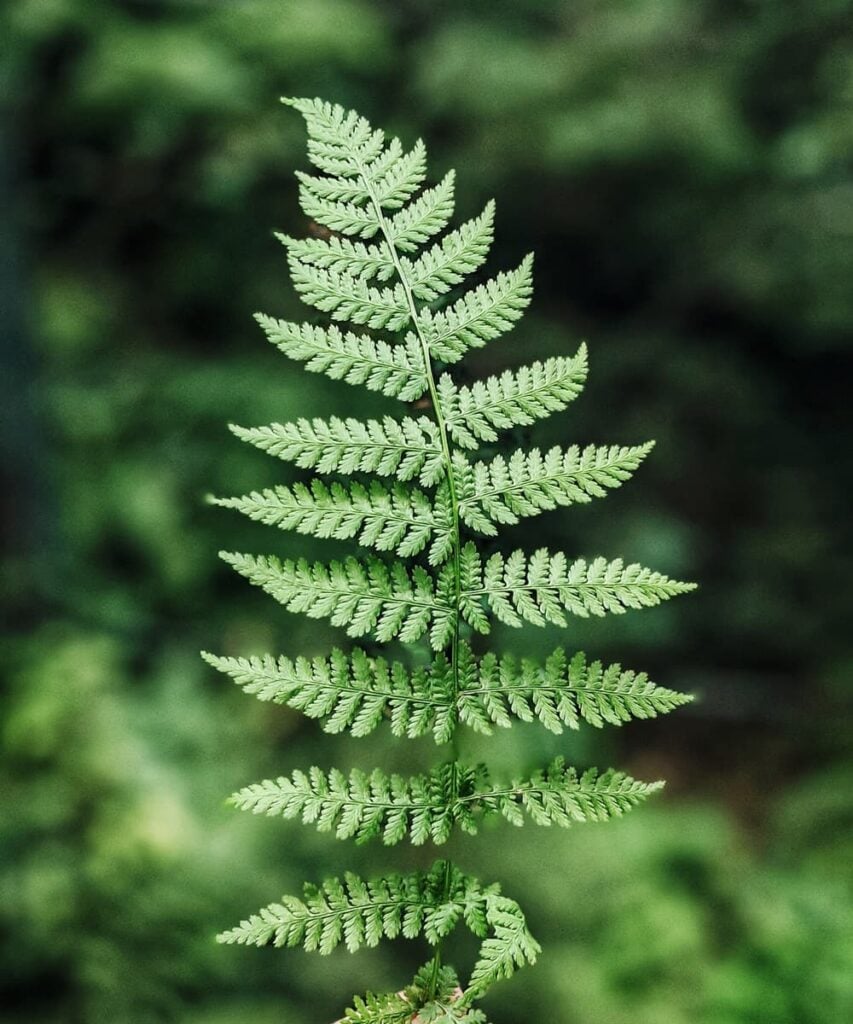Everything You Need to Know about Fern Care

Ferns are type of plants that not only spruce up the indoor air quality but also improve the humidity level by restoring moisture to the air naturally. The air-purifying property is beneficial for people suffering from dry skin, dry noses and sore throats. Check out our Fern collection.
Fern Care
Ferns are an excellent choice as houseplants. There is a large variety of ferns, most of them are grown indoors and requires the basic care. Ferns are relatively easy to grow; however, drafts, dry air, and temperature extremes won’t help. Ferns that are pampered and protected from things like dry air and temperature extremes will reward you with lush green fronds all year round, beautifying your indoor garden more than you could imagine. Let’s discuss fern care.
Light
Ferns usually grow under the canopies of trees in the wild so they prefer filtered or indirect sunlight for their growth. The best place for a fern is a South-facing or North-facing window, but if you want them to place near an east-facing or west-facing window then make sure to keep them a few metres away from the direct sunlight to prevent burning leaves.
Soil
Ferns prefer growing in alkaline garden soil with high organic content. The soil mix should have peat moss or sphagnum for moisture retention, sand for drainage and sterilized bagged garden or potting soil. The soil should be moderately moist. The idea is to encourage even aeration and moisture retention between each watering.
Water
Always remember when you are growing ferns keep the soil moist as ferns are water-loving plants. You should water the ferns thoroughly whenever you feel like the top layer of the soil has started to dry out to keep your ferns happy. However, avoid over-watering as it invites bacterial and fungal attacks.

Temperature and Humidity
Most of the fern species are tropical and so make sure that the temperature in the day is near 16° C and below 25° C at night. You can place your fern near a window so that it can be warm and cool accordingly. Ferns require lot of humidity in the air. Make sure to keep at least 30%-40% humidity in the air. You can place a humidifier to maintain humidity near your ferns.
Fertilizer
Ferns do not require to be fertilised much. They may even die if you fertilise them too much. To prevent over-fertilisation, you can dilute houseplant fertiliser in water and then pour it to the soil once in a month. You can also use fish emulsion instead of fertiliser. Don’t feed your ferns in the winter because they rest. In order to keep the air around your ferns moist, mist them often.

Common Problems
- Symptom: Yellowing of central leaves
Cause: Watering directly the foliage due to which moisture settles down on the foliage. - Symptom: Browning leaf tips/edges
Cause: Under-humid or less moist environment. - Symptom: Root rot
Cause: Water clogging because of no drainage.
Ferns are evergreen species of plants which are considered to one of the best air-purifying plants. This plant helps to remove harmful toxins and helps to restore moisture in the air naturally.
Ferns can tolerate many different soils but requires proper drainage. It’s a low maintenance category of plants which hardly require any particular soil type or advanced care. Just make sure to keep it away from direct sunlight and provide adequate moisture, and, there you go!
Fern care reference: GardeningKnowHow
